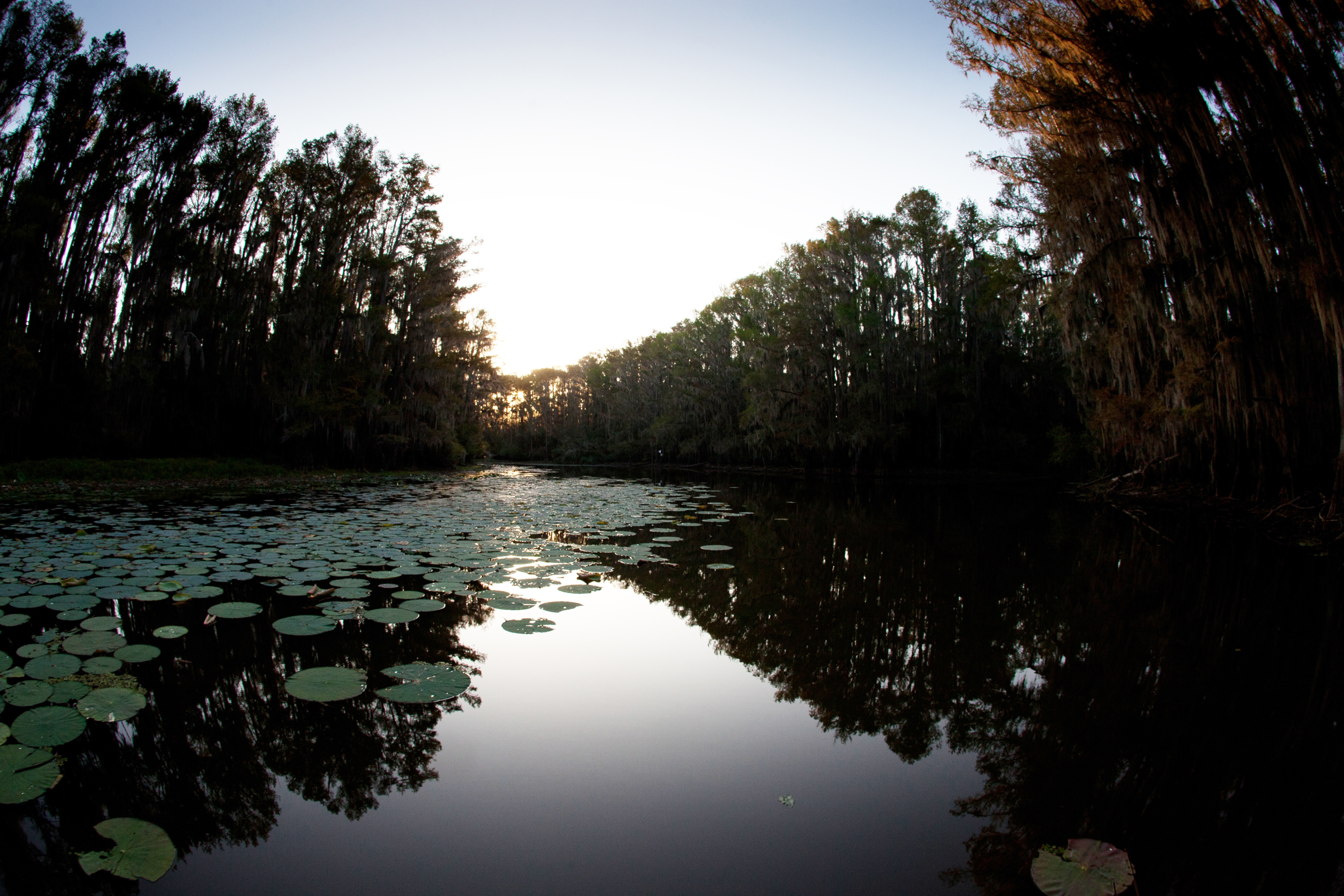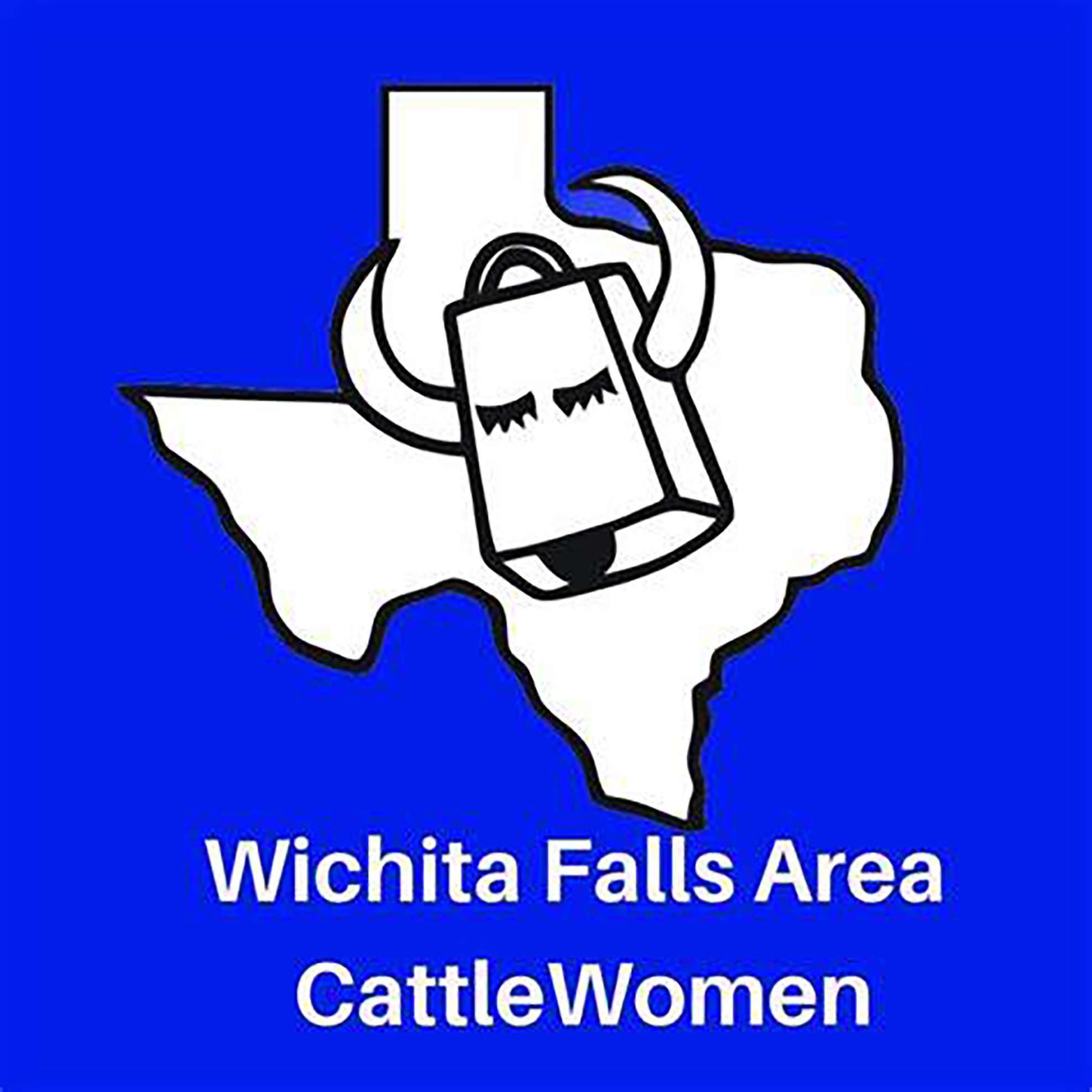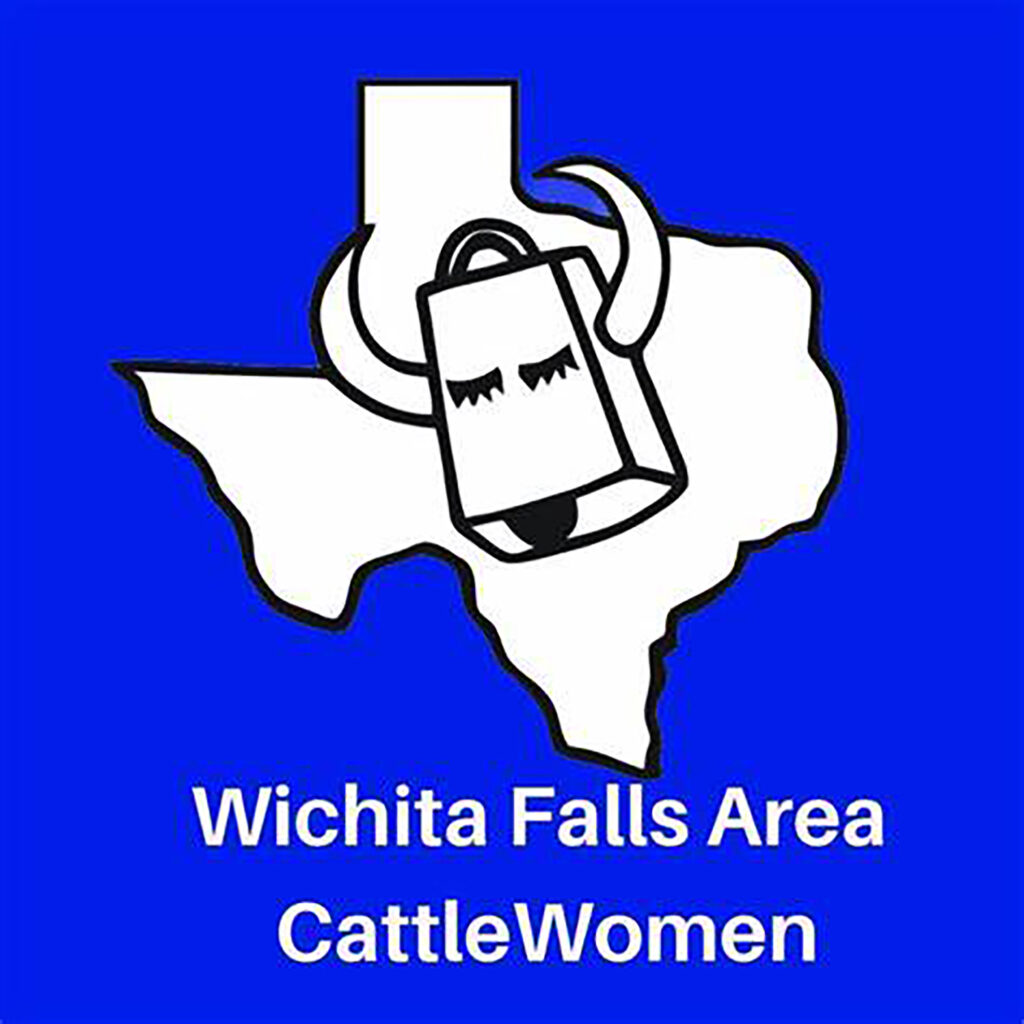HOME
Caddo Lake

By Russell Graves
Road trips are always epic for me. I live in the Texas Panhandle where chronic dryness and drought are the rule. Aside from an intermittently running river and a handful of farm ponds, water isn’t in abundance near where I live. Therefore, to get to unique and out of the way fly fishing waters, I have to travel often.
Early one October morning I packed my camera gear and fishing equipment for the long drive to unfamiliar waters. From my house to Caddo Lake is 409 miles of long and lonely roads that take me across the top of much of Texas along the Red River corridor. Somewhere near Bonham, I made a bend to the southeast and traveled the last quarter of my trip. Along the way, the landscape transforms from open rangelands to hardwoods and pine trees, and the culture morphs from a western attitude to one that’s steeped in traditions of the old south.
In the past, I’ve traveled all over Texas and have been to nearly every corner save, for some reason, this one. Caddo Lake is a mystery to me, and I’ll find that it is indeed a mystery to others who have experienced it in its 200 or so years of known existence.
A Lake Shrouded in History
From the banks, Caddo Lake doesn’t look all that big since there is not a huge body of water that lies before you. Instead it exists as a giant swamp with backwater sloughs that wind in and out of the giant cypress trees that stand draped in Spanish moss. In all, 25,400 acres of big, mysterious swamplands straddle the Texas/Louisiana border and takes its name from the indigenous Caddo Indian tribes who once inhabited the area.
Overall the lake is shallow and is only 20 feet at the deepest. Much of it, though, is shallow enough for trees to crowd the water. So numerous are the cypress trees that they make up the world’s largest cypress forest. There are some areas of significant open water, but many of those places have a carpet of lily pads and other aquatic vegetation that stretch for hundreds of yards. In fact, 60 percent of the lake is covered in aquatic vegetation.
This place is so unique it is recognized as an internationally protected wetland. The lake is also the second largest natural lake in the south and the largest (and one of the few) natural lake in Texas.
To read more pick up a copy of the September 2018 NTFR issue. To subscribe call 940-872-5922.
HOME
Preparing Spring Gardens

By Hannah Claxton | Editor
The North Texas area is located within USDA Hardiness zones seven and eight. The zones are categorized by predicted low temperatures for winter and timing of the first and last frosts.
Zone seven usually has winter low temps between 0 and 10 degrees F with the average date of the first frost falling between Oct. 29 and Nov. 15 and the average date of the last frost falling between March 22 and April 3.
Overall, these two zones have similar climates and growing conditions, making the options for timing and variety within a garden very similar.
In these zones, cool-season crops should go in the ground in March, meaning that soil preparation should start now.
To read more, pick up a copy of the January edition of North Texas Farm & Ranch magazine, available digitally and in print. To subscribe by mail, call 940-872-5922.

HOME
Equine Vaccinations

By Heather Lloyd
Vaccinations are a critical component of maintaining the health and well-being of horses, especially in environments where they are exposed to other animals, such as in the sport, show and performance arenas. Horses, like all animals, are susceptible to various infectious diseases that can spread quickly and cause serious harm.
A routine vaccination schedule helps prevent the spread of these diseases by preparing the horse’s immune system.
To read more, pick up a copy of the November edition of North Texas Farm & Ranch magazine, available digitally and in print. To subscribe by mail, call 940-872-5922.

HOME
Wichita Falls Area Cattlewomen

Having herds on a controlled breeding schedule means that we have a predictable calving schedule, and while it’s only over a couple of months, for us it does fall right after the start of the year. I lobby annually to call ours the “Winter calving season”, but I am outvoted and my husband still refers to it as Spring. Unlike producers in our Northern States, we don’t have to contend with brutally harsh winter weather, and on those rare times we do, thankfully it is not for extended periods. Regardless of whether you have a Spring or a Fall calving schedule, the health of a newborn calf begins with the mother’s health, and the mother’s health is largely dependent on the producer.
To read more, pick up a copy of the November edition of North Texas Farm & Ranch magazine, available digitally and in print. To subscribe by mail, call 940-872-5922.

-

 Country Lifestyles2 years ago
Country Lifestyles2 years agoScott & Stacey Schumacher: A Growth Mindset
-

 Country Lifestyles8 years ago
Country Lifestyles8 years agoStyle Your Profile – What your style cowboy hat says about you and new trends in 2017
-

 HOME8 years ago
HOME8 years agoGrazing North Texas – Wilman Lovegrass
-

 Outdoor10 years ago
Outdoor10 years agoButtercup or Primrose?
-

 Country Lifestyles5 years ago
Country Lifestyles5 years agoAmber Crawford, Breakaway Roper
-

 Equine1 year ago
Equine1 year agoThe Will to Win
-

 Country Lifestyles9 years ago
Country Lifestyles9 years agoJune 2016 Profile – The man behind the mic: Bob Tallman
-

 Country Lifestyles8 years ago
Country Lifestyles8 years agoDecember 2016 Profile, Rusty Riddle – The Riddle Way




